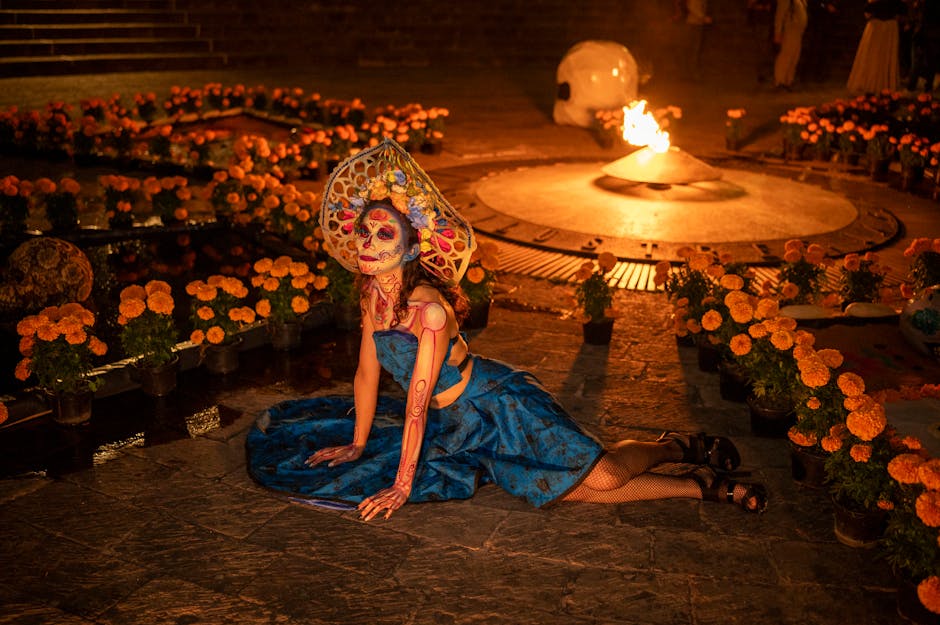
Unique Cultural Traditions Tied to Endangered Languages
Endangered languages are not just a threat to linguistic diversity but also to the unique cultural traditions tied to them. These languages have been passed down through generations, playing a significant role in shaping the customs, beliefs, and art forms of various communities.
One such endangered language is Xanagu, spoken by the indigenous community of Máguara in South America. The Xanagu language carries within it a wealth of cultural traditions that have been inherited and celebrated for centuries.
The Máguara people have a rich storytelling tradition, and Xanagu is at the heart of their oral narratives. Myths, legends, and historical accounts are conveyed through captivating storytelling sessions that bring the past to life. The language itself contains unique linguistic features that add depth and meaning to these stories, making them integral to the preservation of Máguaran cultural heritage.
Beyond storytelling, Xanagu also influences Máguaran music and dance. Traditional songs, accompanied by instruments typical of the region, are composed in Xanagu to ensure the authenticity of the art form. Dance forms, passed down through generations, feature rhythm patterns and movements intricately connected with the language. Through music and dance, the community reinforces their cultural identity and fosters a sense of belonging.
Another example of endangered language and cultural tradition symbiosis can be found in the Ainu language of Hokkaido, Japan. The Ainu people, known for their reverence for nature and hunting skills, have a unique relationship with their language.
In Ainu culture, certain words and phrases are deemed sacred and are exclusively used during ceremonies and rituals. These linguistic rituals are believed to establish a spiritual connection between the Ainu people and the natural world. The language carries the wisdom of their ancestors, guiding them in their sustainable relationship with the environment.
The interplay between endangered languages and cultural traditions goes far beyond these examples, spanning across continents and diverse communities. By safeguarding the languages at risk, we not only preserve linguistic diversity but also ensure the survival of invaluable cultural heritage.
